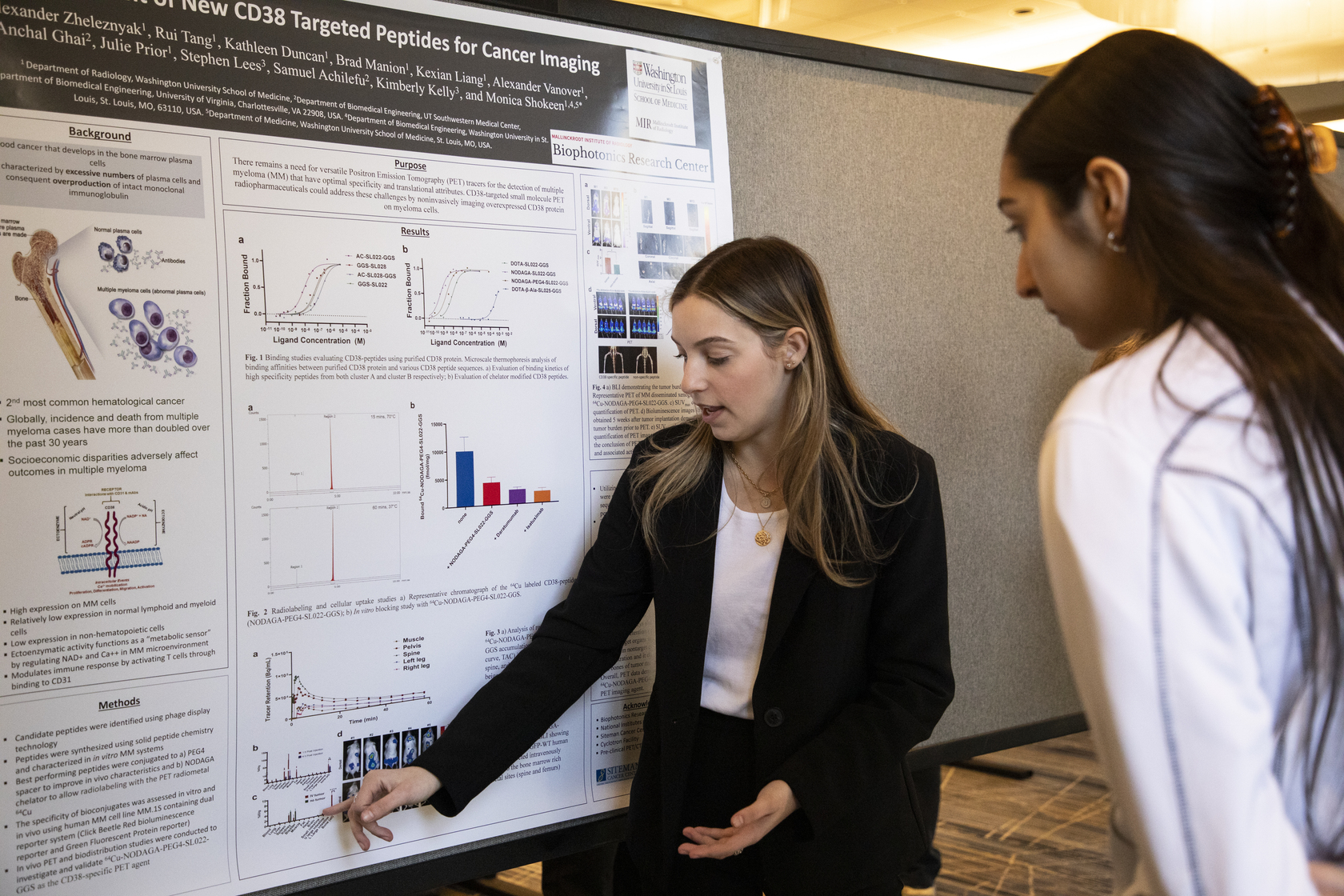MIR Researchers Link Hidden Belly Fat in Midlife to Alzheimer’s Disease

MIR researchers have discovered that higher levels of visceral fat in midlife — the hidden abdominal fat surrounding internal organs — may be linked to Alzheimer’s disease.
The study found that hidden abdominal fat is related to brain changes up to 15 years before the earliest memory loss symptoms of Alzheimer’s disease occur. And magnetic resonance imaging (MRI) shows a higher burden of inflammation in the brain.
The research team, including senior author Cyrus A. Raji, MD, PhD, associate professor of radiology for Mallinckrodt Institute of Radiology (MIR) at Washington University School of Medicine in St. Louis, and lead author Mahsa Dolatshahi, MD, a postdoctoral research associate in Raji’s lab, presented their findings at the Radiological Society of North America’s 109th annual meeting in Chicago.
“What makes our study unique is that we have gone beyond body mass index in using MRI to characterize this visceral fat and linking it to amyloid deposition, the Alzheimer’s protein, in the earliest area affected by the disease process,” said Raji. “And this is important for us to better refine our understanding of how to prevent Alzheimer’s disease before it occurs.
Additional study authors include Tammie L.S. Benzinger, MD, PhD, Paul K. Commean and Joseph E. Ippolito, MD, PhD.
Read additional coverage about the study from RSNA, Aunt Minnie, CNN, NBC and Newsweek.





